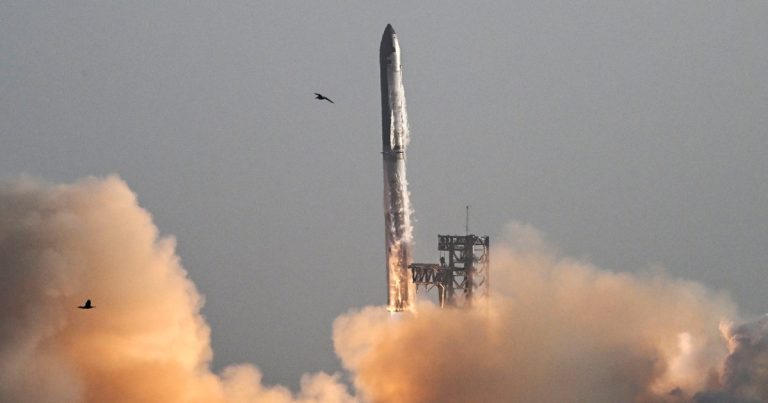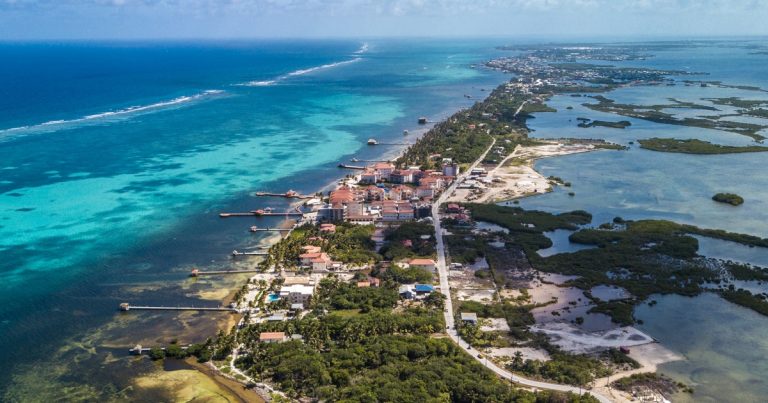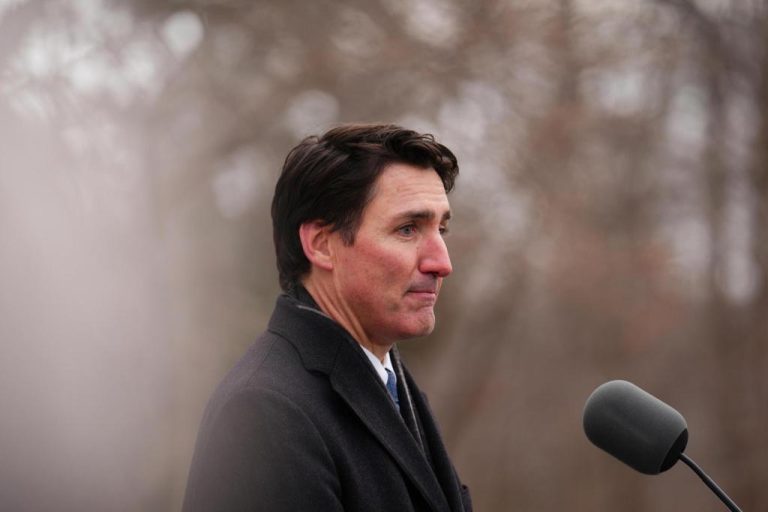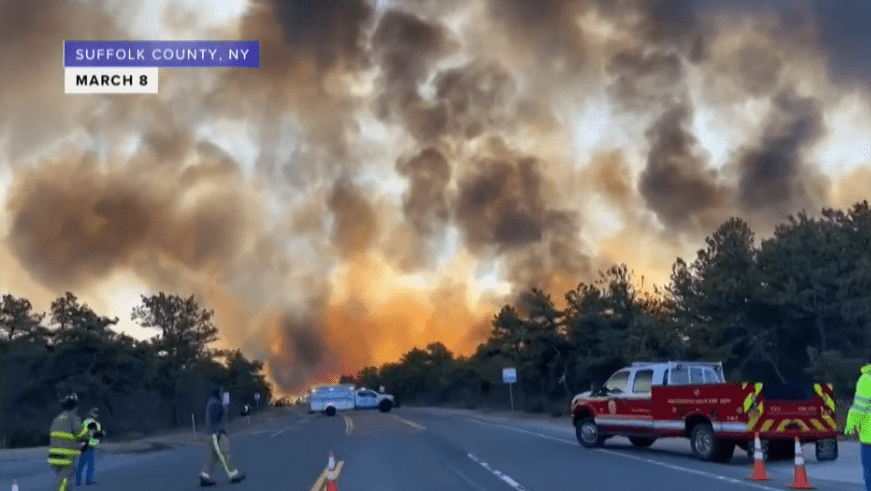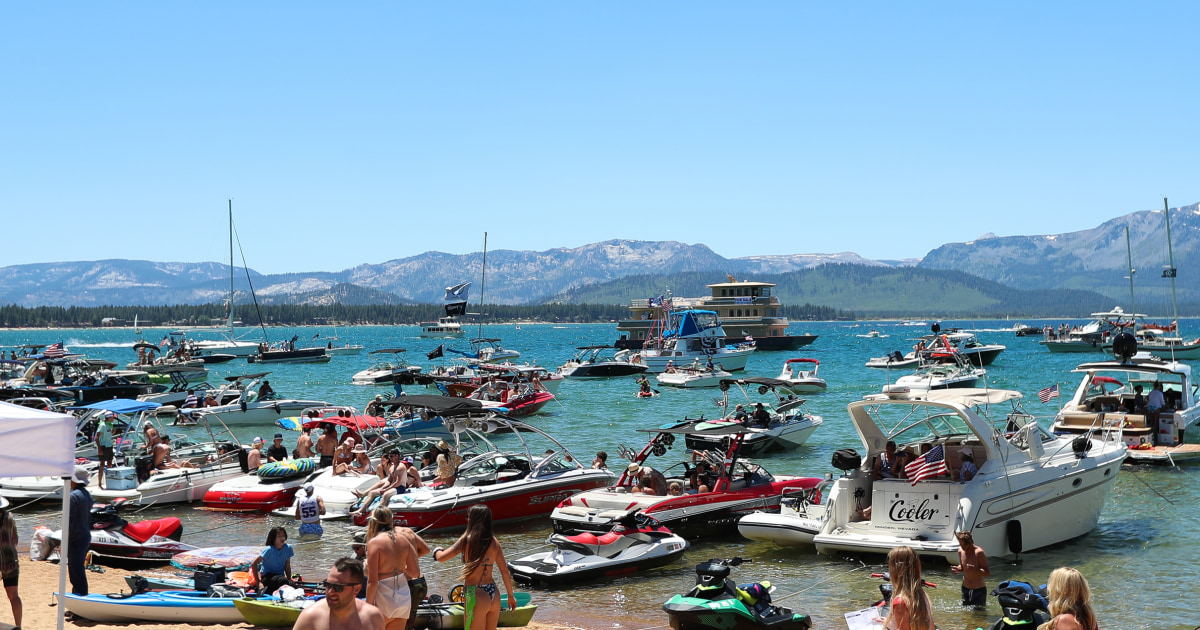
“Locals felt the city was too small for the influx of people coming into town,” said Sonia Wheeler, community service officer for the South Lake Tahoe Police Department. “People couldn’t get home from the grocery store sometimes because there was too much traffic from tourists heading to or from the ski resorts.”
Officials hope to strike a new balance. Policies rolled out during and since the pandemic have tightened restrictions on vacation rentals around Lake Tahoe, with a combination of caps and outright bans in towns along its shoreline.
Sixteen area groups are trying to hammer out a stewardship plan that recognizes that “our environment, our economy and our communities are wholly interconnected,” said Tahoe Regional Planning Agency Executive Director Julie Regan. Ideas on the table include parking reservations and encouraging off-peak visits, an agency spokesperson said.
Everyone wanted to hike at sunrise or in the morning, and the parking lot could be a crushing mass of walk-ins, Ubers, rental cars and trolleys.
— Curt Cottrell, Hawaii state parks administrator, on the logic for timed entry
In the meantime, strict enforcement of new laws targeting vacationers — including $500 fines for noise complaints and for using outdoor hot tubs from 10 p.m. to 8 a.m. — have helped.
“Locals still have concerns about the influx of tourists,” Wheeler said, “but since most vacation rentals have been outlawed, except for certain areas of town, our officers aren’t responding to as many complaints.”
The pandemic was a mixed blessing for many destinations.
Early on, it gave some communities “a chance to breathe and enjoy their towns and parks and beaches without the crowds, traffic, noise, etc.,” said Alix Collins of the nonprofit Center for Responsible Travel, but it “also gave them a time to think about how to better manage tourism moving forward.”
As with Lake Tahoe, many areas’ recalibration efforts are “more of a result of the pot boiling over” from tourism pressures, particularly “on traffic, housing and daily life,” said Seleni Matus, the executive director of the International Institute of Tourism Studies at George Washington University in Washington, D.C.
Elsewhere, the challenge is getting visitors to better coexist with locals.
“A good example is Port Aransas, Texas,” said Cathy Ritter, whose consulting firm, Better Destinations, helped the Gulf Coast town on a barrier island outside Corpus Christi develop a marketing campaign and a mascot aimed at guests.
One goal, she said, was “to educate visitors on the etiquette of using the golf carts locals use to get around.”
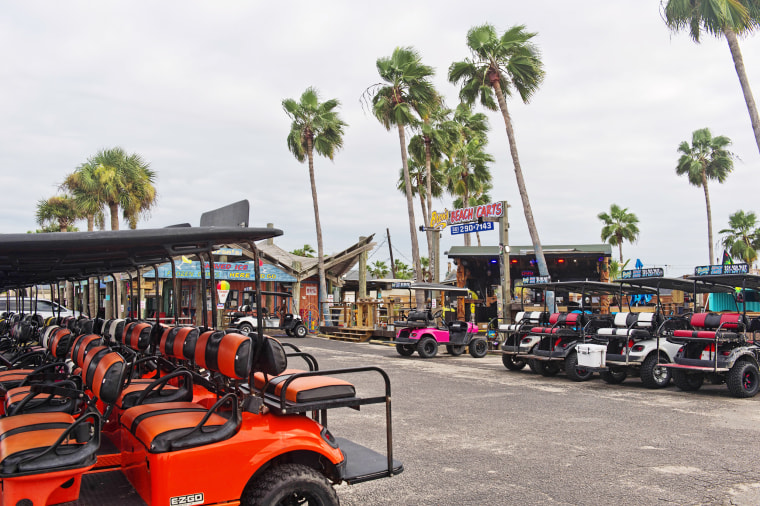
In Hawaii, where state officials expect tourist numbers to recover fully by 2025, a program of timed reservation tickets for out-of-state visitors that rolled out at popular state attractions just before the pandemic is being expanded.
As of last May, nonresident visitors at Oahu’s Diamond Head State Monument, one of Hawaii’s most heavily trafficked parks, must pay $5 per person for timed entry reservations and $10 for parking. Previously, all comers were welcome, anytime, for $1 per person and $5 for parking.
“Before we put the timed reservation system in place, Diamond Head could have more than 6,000 visitors on a busy day,” said Curt Cottrell, administrator of Hawaii’s Division of State Parks. “Everyone wanted to hike at sunrise or in the morning, and the parking lot could be a crushing mass of walk-ins, Ubers, rental cars and trolleys.”
The timed system caps visitors at 3,000 daily and spreads them out throughout the day. “Now the summit isn’t crowded, there aren’t long lines at the bathrooms and we’re generating four times the revenue with half the people,” Cottrell said.

